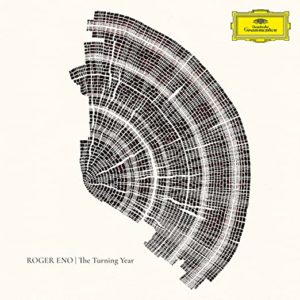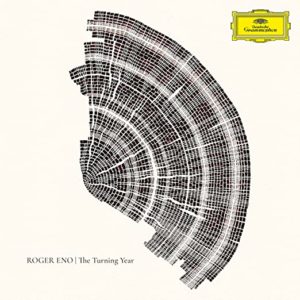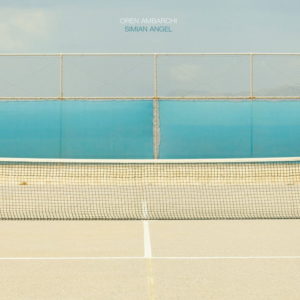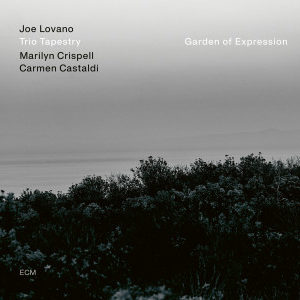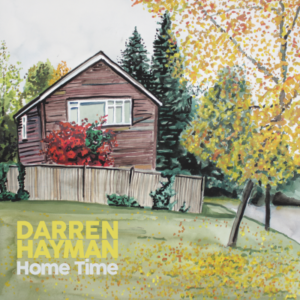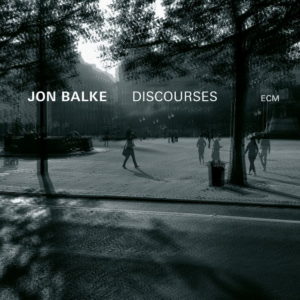Perhaps the reason I was never a real fan of Roxy Music was they had the wrong singer. This, of course being an offense for Roxy Music die-hards, may raise eyebrows. In hindsight I would have preferred Eno taking center age on the first two albums, but then again, with a voice not perfectly suited for stadium rock, the band might only have gained underground status, who the fuck knows, you can‘t rewrite history. So, when „For Your Pleasure“ was circling our tables in school, I only became mildly interested. (Ferry did a great job, no doubt, but I was looking for something else. Paradoxically, my favourite Roxy album, one I really liked, was „Stranded“, the first without Eno.) This all changed on a rainy December day 1975 in Würzburg, when my first copy of an Eno album blocked my record player for weeks, „Taking Tiger Mountain (By Strategy)“. The songs, their sonic textures, their singing voice, their lyrics had an entrancing quality, and I knew from the start, I had found another favourite musician – and singer. Here‘s an interview with Brian (Detroit, 1974 – the deep static mix).
As time goes by. Now, after those other, quite rare song- or song-related albums (all a class of their own), Here Come The Warm Jets“, „Another Green World“, „Before and After Science“ (close the 70‘s at this point), „Wrong Way Up“ (with Cale), „Drawn From Life“ (with Schwalm), „Another Day On Earth“, „Someday World“ (with Hyde), and „The Ship“ (close the next four decades at this point), here we will have another song cycle, to be released on October 14, „Foreverandeevernomore“ – no catchy songs, no singalongs, no fairytale searches of parallel worlds, no hooks, no future evergreens, oh, hold on, in their own peculiar way these songs which could be coined as modern day lamentations, may contain a collection of future „everblues“ at least, striking quite a special, different note, corner, space, in Brian Eno‘s song life. The album is a challenge, haunting, uncanny, ethereal, anti-nostalgic, lost in space, beautiful in a dark way, and a fantastic melting of ambient and song worlds. Even Scott Walker, I guess, would love it in his tower of song, Leonard anyway. (My German review will be posted in the days of release, as will a second review of mine, in English language, on the same day. Two reviews, each of them coming from a differerent angle.)
